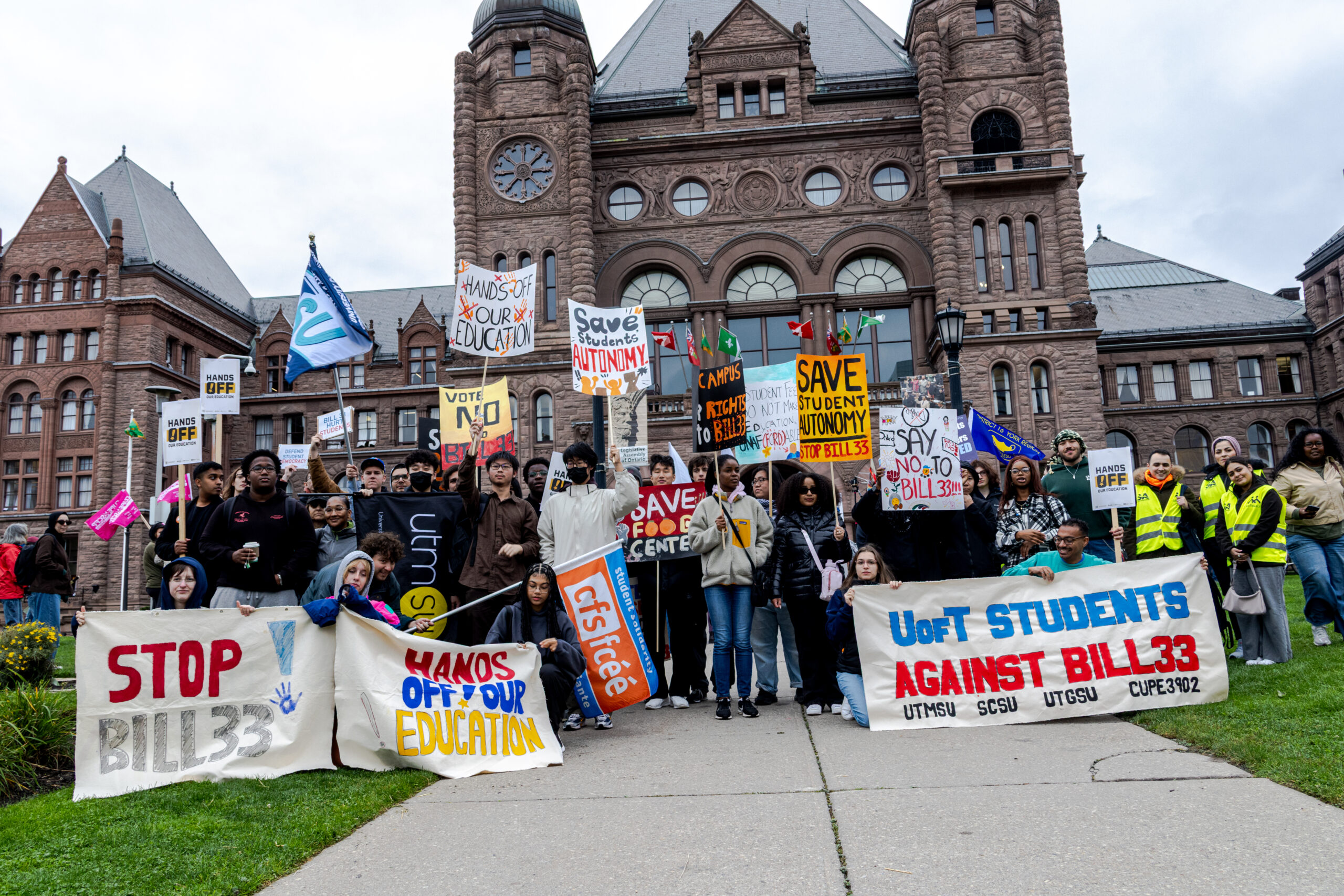Canada is seeing a record number of international students this year

Studying in Canada has become more of a prestige. Students all over the world are applying to different Canadian universities and colleges expecting to get a higher quality of education and it is not surprising that Canada offers good academic conditions for international students.
“Our government is proud that Canada continues to be a study destination of choice for international students. International students generate an estimated $8 billion in economic activity in Canada each year and thousands will remain in Canada permanently, putting their education and experience to work and contributing to economic and job growth in Canada,” said Chris Alexander, Canada’s Citizenship and Immigration Minister.
Universities and colleges in Canada have all the necessary departments for helping international students. George Brown College (GBC) has international student services, advocacy services, peer assistant services, a blackboard learning platform, sports teams, and a variety of student events from the Student Association.
“We currently have about 2,500 post-secondary students and 550 ESL (English as a second language) students,” said John Porter, director of international admissions and student services at GBC.
A record number of international students are studying in Canada, according to Alexander in a press release. This year 103,999 students applied for study permits, an 11 per cent increase from 2013 and an increase of 26 per cent since 2012.
Students from over 80 countries have traveled to Canada to study at George Brown, and 70 per cent of the international students at GBC are from China, India, South Korea, Russia and Ukraine, according to Porter. George Brown is also an educational destination for a significant number of students from Vietnam, Japan, Mexico, Venezuela, Turkey and Taiwan.
Universitas21, a leading global network of research universities, ranked universities all over the world and Canada was in third place in 2012 after the U.S.A and Sweden.
“Its position is based primarily on being ranked first for resources – a reflection of the level of investment into the system – and third for outputs,” said Ross Williams, professor at the University of Melbourne, in his article Canada Places Third in New International Ranking of Higher-ed Systems.
At the same time as making Canada’s economy better, some international students are struggling with financial issues, according to a few international students at GBC.
“I applied to the behavioural science technology program at in January 2014, but couldn’t start studying because the prices increased unexpectedly,” said Alexander Mal’zev, international student at GBC. “So, instead of studying I decided to work at Pizza Pizza this year to earn enough money for my education.”
Fortunately, the Canadian government created new regulations in June 2014 allowing international students to work part-time jobs without off-campus work permits.
Previously students needed to apply for work and study permits, as well as Canadian visas, but now students don’t need to spend time collecting documents to apply for off-campus work permits, they just need to show their study permits, which cost $150, according to Canadian Immigration and Citizenship.

